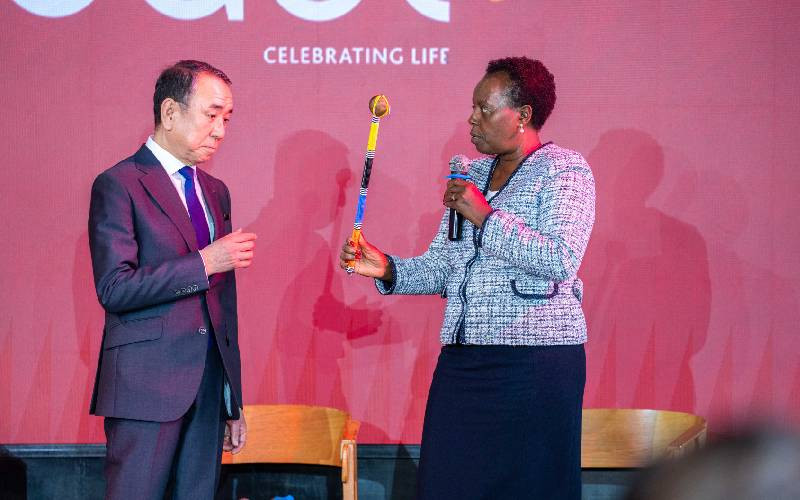×
The Standard e-Paper
Join Thousands of Readers
By Morris Aron
Kenya is quickly becoming one of the countries embracing the multi-user computer concept — an option that promises a reduction in the costs of computerisation for companies and business outfits running several computers.







